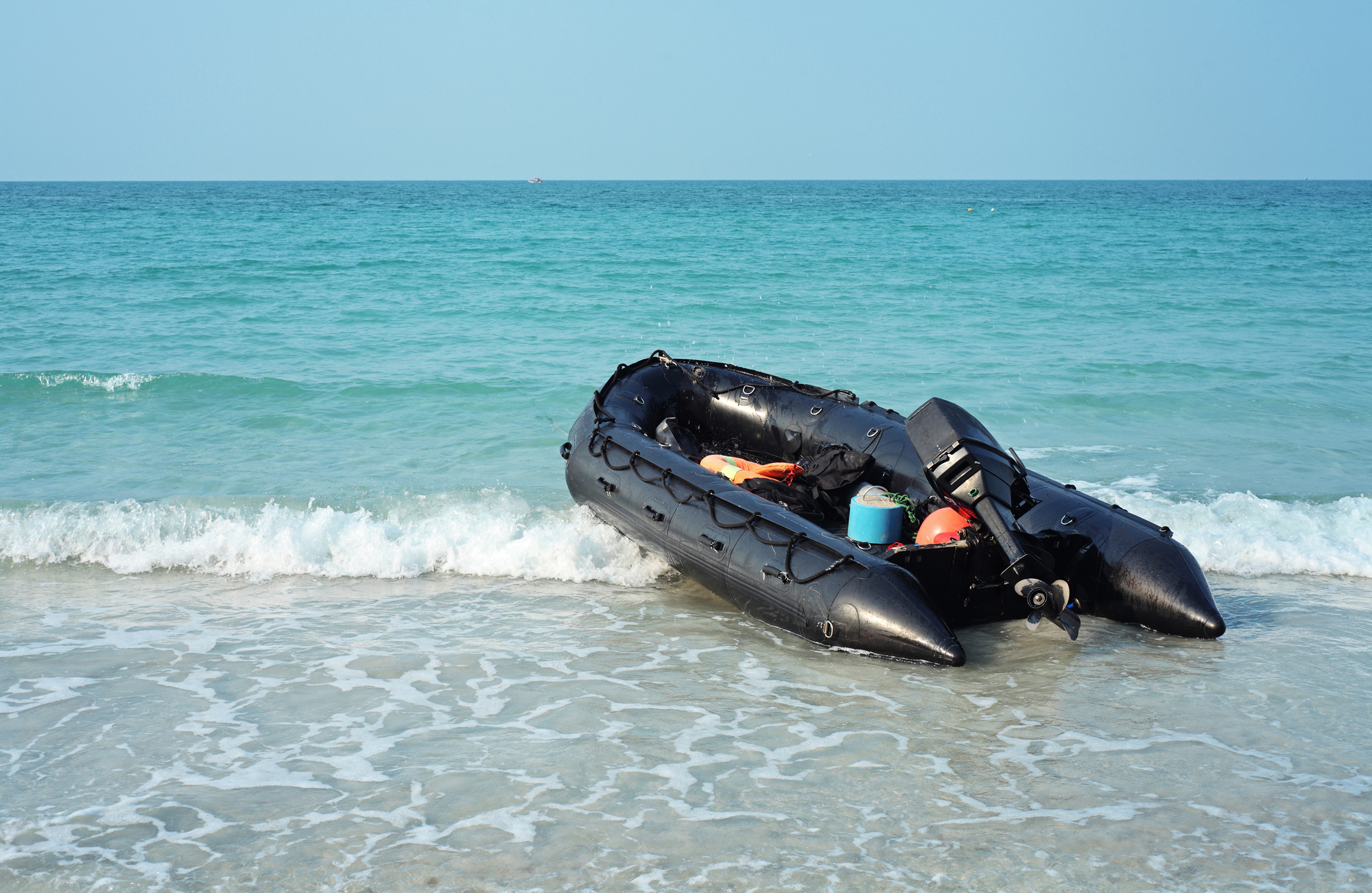A new standard was recently published about the minimum safety characteristics for powered inflatable boats and rigid inflatable boats. The goal is to have increased safety for the different design categories of recreational crafts.
EN ISO 6185-3:2024 applies specifically to boats with a hull length of less than 8 metres, with a motor power rating of 15 kW and greater, for Design Categories B, C or D of the 2013/53/EU Directive (Recreational Craft Directive or RCD). The minimum safety characteristics refer to the design, materials, manufacture and testing of powered inflatable boats and rigid inflatable boats.
The main changes in EN ISO 6185-3:2024 are the following:
- watercraft built for own use (Type VII) and watercraft specifically intended to be crewed and to carry passengers for commercial purposes (Type VIII) are now distinguished only by design category, not by power;
- definitions have been updated to reflect the current practice;
- Type VIII boats are permitted a greater range of heel angle to achieve the minimum required righting moment;
- to reflect the increase in power and speed, in-water performance tests may be conducted at less than full power and in smaller waves;
- crew are recommended not to sit on tubes when operating at high-speed or in waves higher than 2 metres, regardless of their design category;
- additional requirements have been added for the design and testing of lifting points.
With these changes, the standard ensures that consumers of inflatable boats with multiple buoyancy tubes/compartments built to the requirements will remain safe in operation according to the different RCD design categories. The fact that this sector of the market is strong in many different countries with several imports into the European market also underlines the importance of the standard.
Many of these types of small craft are used as ‘tenders’ on larger motor and sailing vessels, which means that they are lifted onboard or towed behind. A good example of the improvements is that the design and testing requirements of these ‘lifting points’ have been increased to avoid additional safety concerns when completing the procedure.




